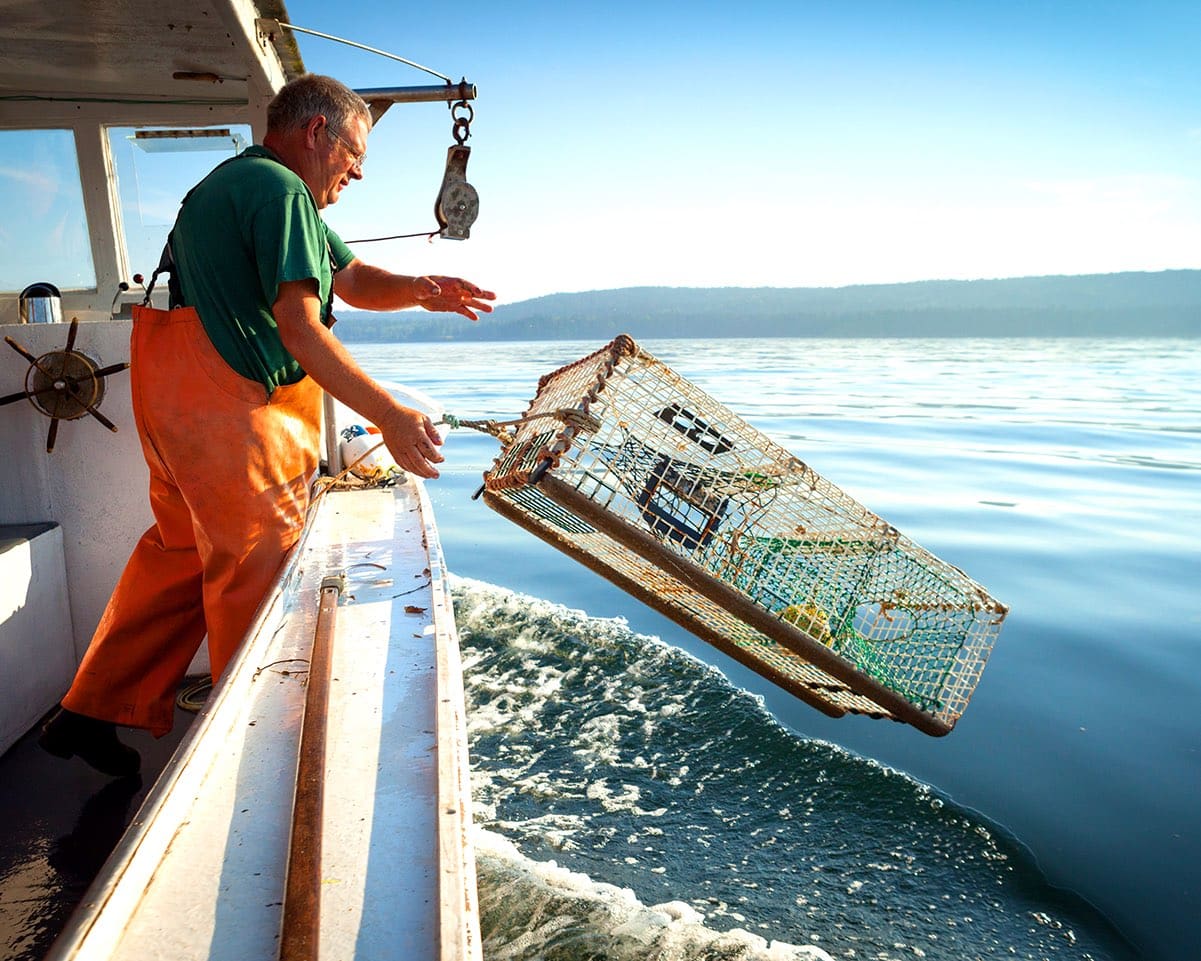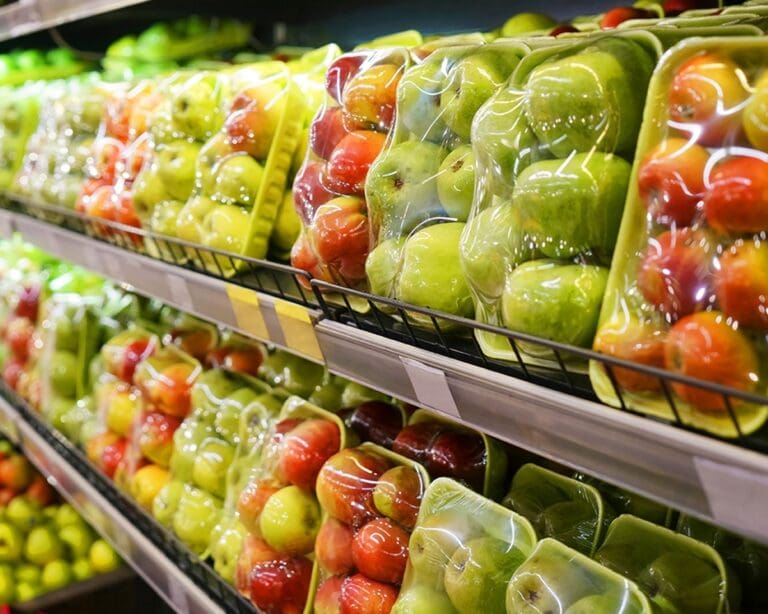Atlantic halibut market experiences significant price volatility in 2024
The Atlantic halibut market in the U.S. continues to experience significant price swings in 2024. At the beginning of the year, prices were high but have since dropped substantially. While market volatility is not uncommon, this year has seen larger-than-usual fluctuations.
Prices fluctuated throughout the year, with notable increases and decreases around key periods such as Lent, Easter and Mother’s Day. These changes were influenced by shifts in demand and fishing efforts, as many fishermen switched to other species, reducing the supply of halibut.
Currently, prices are at some of their lowest levels since the onset of the pandemic. Market participants speculate on sustained softness, but variables such as weather, demand and other fisheries could quickly change conditions.
Imports have gradually increased or remained consistent over the past two years, with a notable exception in April 2023, which saw exceptionally high landings. This trend, ongoing for over a decade, is supported by studies indicating that warming water temperatures benefit Atlantic halibut, leading to increased landings and subsequent imports into the United States.
Unsettled waters within the groundfish markets
The US groundfish markets for cod, haddock, and pollock are currently experiencing a complex and unsettled environment. Despite the overall groundfish complex remaining unchanged, the undertone across the sector is highly unsettled, reflecting a range of economic and geopolitical factors influencing market dynamics.
Cod and Haddock
The markets for both cod and haddock are reported to be steady to barely steady. Replacement costs for these species are rising, driven by increased expenses in freight and cold storage. However, wholesale prices have not yet adjusted to these rising costs due to sluggish demand. The potential reduction in the total allowable catch for cod from the Barents Sea by 31% in 2025 could apply upward pressure on prices, exacerbating the already unsettled market conditions. This anticipated cut may drive future volatility as market participants prepare for a tighter supply.
Pollock
Pollock blocks are maintaining steady pricing levels a month into the ‘B’ season, which began on June 10, 2024. The steady undertone in the pollock market is supported by moderate to active demand in both the US and EU markets. This demand surge is partly attributable to Russian sanctions, which have shifted more focus and pressure onto Alaskan pollock production.
Production efforts for pollock are currently focusing on Pin Bone Out (PBO) forms, with reduced output for surimi. The sanctions on Russia have intensified the demand for Alaskan pollock, contributing to a more stable market for this product form. The strategic shift towards PBO production aligns with the increased demand, ensuring that the market can meet the needs of both domestic and international buyers.
Skipjack tuna market: rising prices in Thailand, falling prices in Ecuador
Skipjack is the most fished tropical tuna, with the highest harvest in the western and central Pacific Ocean. Most of the Skipjack tuna is used by the canning industry, and some of the key players involved in this trade are Thailand and Ecuador.
Due to lower catches in the Indian Ocean compared to the previous year and the start of the 45-day ban on fish aggregation devices (FADs) in the Western and Central Pacific Oceans, the market in Bangkok, Thailand, has reacted with an 11.1% month-on-month increase.
During the 28th annual meeting of the Indian Ocean Tuna Commission (IOTC) held in Bangkok, Thailand, an agreement was reached to gradually reduce the number of FADs per vessel by 2028. The limit will be set at 225 FADs, the lowest ever adopted by a regional fisheries management organization. These FADs are used to enhance fishing efficiency by attracting fish but concerns about overfishing skipjack tuna and negative externalities such as bycatch have prompted these modifications. Additionally, the new agreement includes the use of biodegradable FADs and the establishment of a registry to improve control over this fishing practice.
Meanwhile, the Skipjack tuna market in Manta, Ecuador, has shown a downward price trend due to higher catches compared to last year. The Inter-American Tropical Tuna Commission (IATTC) reported that catches of skipjack tuna by Ecuadorian vessels amounted to 167,956 MT from January to June 2024, compared to 121,172 MT during the same period last year, an increase of 27.84% year-on-year. This has led to full cold storage and a subsequent price decrease.
The price for German pork cuts drops
Following several weeks of steady prices for German pork cuts, prices decreased during this week’s assessment period. The market sentiment turned bearish during the week driven by lackluster demand, multiple market sources indicated limited buying interest across all categories, led by weak demand from the retail and processing industry, while food service demand has been reported as steady compared to the week prior. The weak demand can be linked to the recent mixed weather conditions negatively impacting seasonal demand for grilling items. Even though prices decreased strongly during the week, the decline was limited by the continuous tight supply of live pigs on the market according to multiple market sources.
UK beef prices rise despite high imports
UK beef prices continued to increase amidst strong imports from the global market. Short supplies on the domestic market coupled with strong demand have been the key price drivers for the UK beef industry.
In April 2024, UK fresh/frozen beef imports reached 19,300 tonnes, up 5.5% m-o-m from March. The non-EU beef-producing countries such as Brazil, Uruguay, and Australia were the key suppliers, however, Ireland remained the largest supplier to the UK market. In April, Ireland exported 14,600 tonnes of beef, slightly moving upwards from March. Ireland supplied around 8,000 tonnes of fresh, boneless beef and 4,800 tonnes of frozen boneless beef in April. Poland was the second largest beef supplier, which exported 1,500 tonnes in April, up 13% month-on-month (m-o-m). During the same period, Brazil exported around 1,900 tonnes of processed beef to the UK market, the largest volume of processed beef imported from Brazil since January 2023.
Despite high imports from the global market, tight domestic cattle supplies have driven UK beef prices higher. UK prime cattle prices firmed across all categories- heifers, steers, and young bulls in the last week of June 2024 as cattle throughput declined on the previous week. The prime cattle numbers dropped 3% week-on-week (w-o-w) to reach 33,100 heads during the same period. Also, cow supplies were down by 1000 heads compared to the same period in 2023. As a result, UK beef prices have moved higher w-o-w.
Also, strong demand from the processing and food services resulted in an upward trend in UK beef prices. An uptick in orders for Under-Thirty Months (UTM) and Over-Thirty Months (OTM) steaks was noted in recent weeks. This has put upward pricing pressure on those markets. Active demand for a rib-eye steak, sirloin steaks, rump steaks and fillet steaks have supported the prices of all the steaking beef cuts. The price of Over-Thirty Months (OTM) chain-on fillet steak reached GBP 15.00/kg (+GBP 2/kg w-o-w), while UTM sirloin steak reached GBP 13.90/kg (+GBP 0.35/kg w-o-w) in the first week of July 2024.
For more information on red meat and seafood, save your seat at our upcoming webinar series below.



